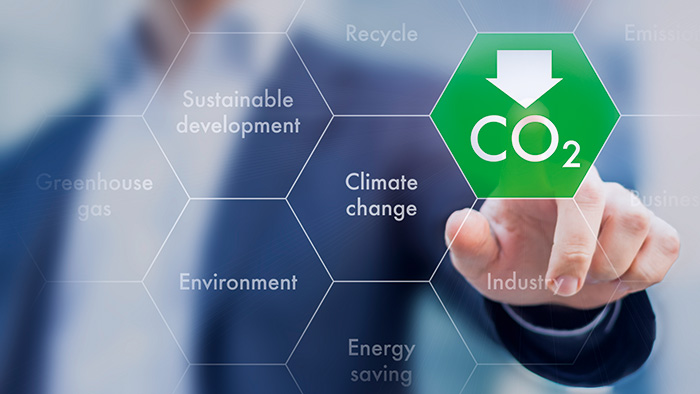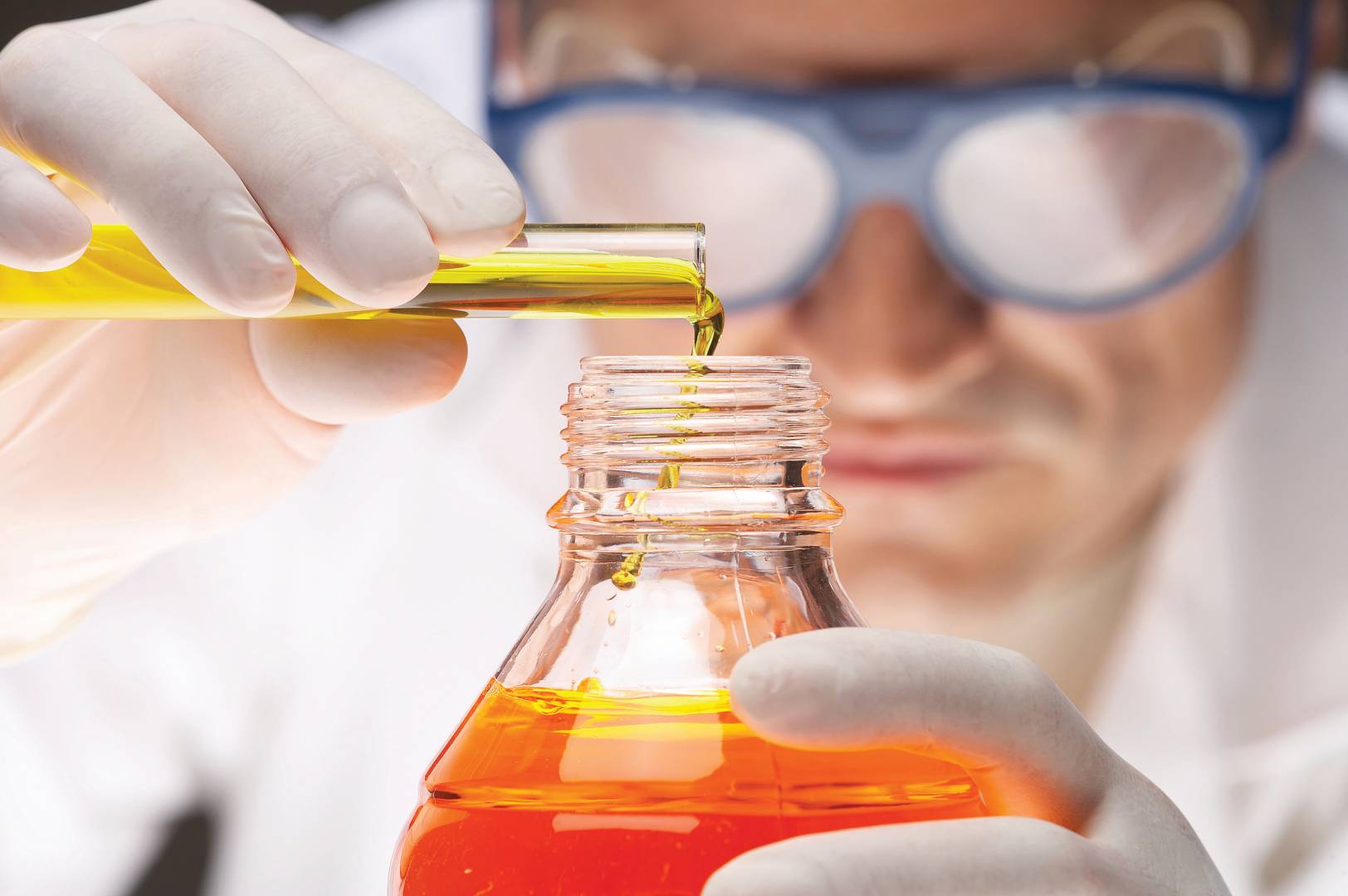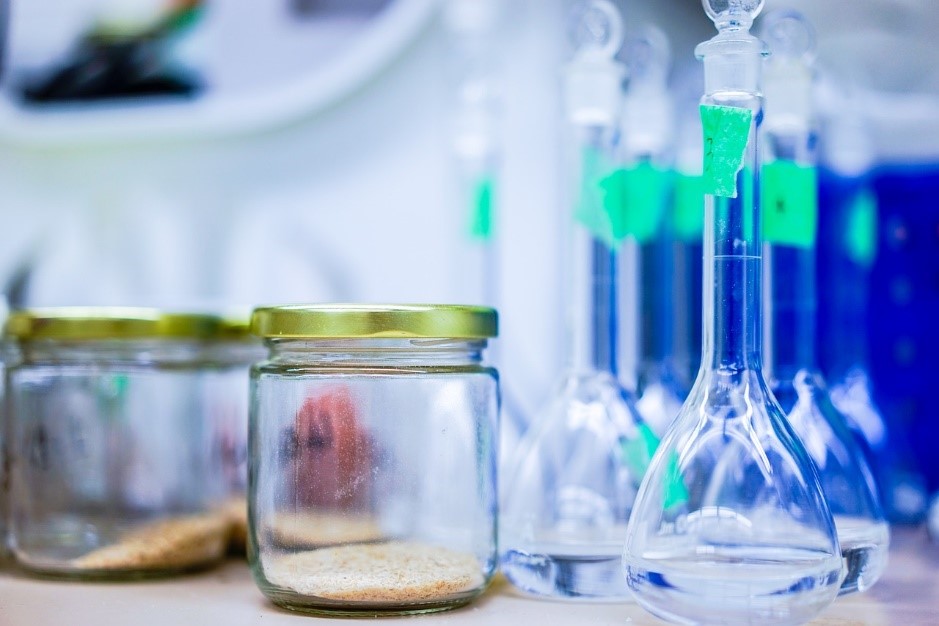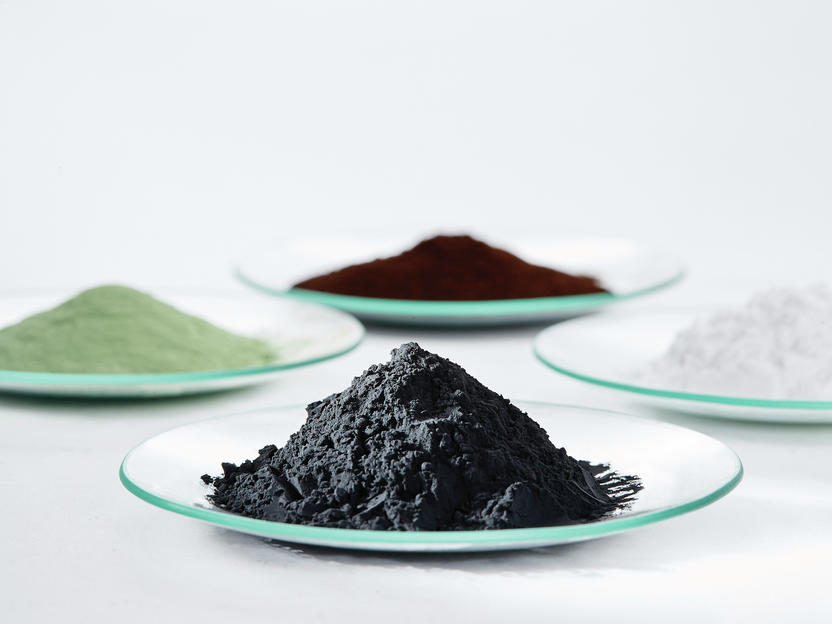Petrochemical Industry - How Decision Makers are coping with the impact of Covid-19?
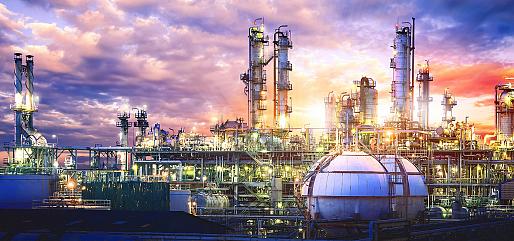
“The coronavirus pandemic struck at a time when the sector was already in decline. Adapting to the new normal will necessitate management agendas that take into account the lessons learnt in the first half of 2020.”
COVID-19 is forcing petrochemical executives to reconsider the industry's future. Slowing demand growth, rising surpluses, and a diminishing value pool were all evident prior to the epidemic, and they've only gotten worse. Furthermore, the transition to renewable energy resources and a regenerative, or circular, economy will cause fundamental change in the business.
Growth has been halted
Following the financial crisis of 2008, the petrochemical industry saw sustained, significant development from 2010 to 2018, with the value pool increasing by 8% per year. From 2016 to 2018, a so-called super cycle (a period when petrochemical profits are larger than typical) resulted from high utilisation and favourable feedstock dynamics.
In general, the marginal producers are determined by industry utilisation (usually at the product-chain level), and the price of oil dictates the steepness of the cost curve in many product chains.
The industry value pool fell in 2019 due to major capacity increases and slower demand growth. The COVID-19 pandemic, which began in 2020, has hastened this demise. The impact of the coronavirus on petrochemical demand was uneven throughout value chains, with sharp drops in automotive and construction applications, but strong demand for packaging (notably in food, sanitary products, and medical applications). Stockpiling, a boom in delivery services, and increased healthcare-focused activity are all reasons for the latter, all in response to the epidemic.
Despite a few plants closing down in specific regions, industry participants have weathered the storm in the short term and are now looking ahead to the longer term.
COVID-19 - A period of significant change
The petrochemicals industry is at a fork in the road, undergoing cyclical and structural changes. While the sector was already dealing with cyclical issues like overcapacity, pricing pressures, and trade uncertainties prior to 2020, many of the post–COVID-19 developments are structural or disruptive. Unlike previous downturns, which were mostly cyclical in nature, petrochemical businesses are now facing significant fundamental adjustments in demand, changes in how they operate, and how they connect with and serve customers on a much wider scale. The industry will most certainly look substantially different in the coming decade as a result of these significant developments.
New manufacturing methods such as crude-oil-to-chemicals (COTC) could reshape global supply chains for certain base chemicals, particularly aromatics, as capacity shifts to demand areas such as China and India. Companies may decide to handle parts of their downstream operations and manufacturing more regionally in order to meet future demand needs and prevent supply chain shocks. Many organisations' global footprints would be redefined as a result of this, as industry players would be forced to create new channels and focus on strategic sourcing efforts.
For example, in order to strengthen its proximity to clients and markets and accelerate decision-making, Air Liquide has created capabilities in significant worldwide markets.
COVID-19's short-term impact: Industry reaction
Demand-side impact is unequal due to varying levels of exposure to end markets and geographies. Order books for polyethylene players (which create items like milk containers, motor oil containers, and shampoo containers) remained robust, while demand for polyurethanes (used for flexible and rigid foam panels, seals, and gaskets) fell.
The supply side has been relatively unaffected. In fact, many petrochemical assets have fared well in the storm, with few being harmed by supply-chain interruptions. Most businesses were able to strike the correct mix between physical separation and keeping factories operational in order to supply critical components or resources to combat the epidemic. Several chemical companies, on the other hand, converted their existing factories to satisfy rising demand for isopropyl alcohol (used in disinfectants) and ethanol.
Industry Utilisation
COVID-19 industry adoption has resulted in a drop in demand and oil prices. In 2019, the sector was already in a downturn; in fact, the industry value pool decreased by about 45 percent as a result of slower demand growth and, in particular, large capacity increases, which resulted in low utilisation and lower oil prices in 2019.
The recovery of petrochemical demand will vary by geography and value chain, and will be influenced by epidemiological and macroeconomic factors. Demand for COVID-19 could reach pre-COVID-19 levels by the first quarter of 2022, according to one of our COVID-19 scenarios.
Both supply and demand are exerting pressure
The petrochemical sector is experiencing overcapacity in comparison to demand, which is negatively impacting the operating rates of many base petrochemicals. This can be traced back to the last investment cycle, which lasted from 2014 to 2019/20. The shale gas revolution helped the business become globally competitive in the early 2010s. As low-cost makers of ethylene and PE, many companies built expanded capacity to export to increasing international markets. Because of the low cost of indigenous shale gas, 340 petrochemical projects worth a total of US$204 billion were built.
Between 2014 and 2019, new ethylene production capacity increased by 35%. 22 However, this additional capacity is greater than the market can absorb, causing ethylene prices to fall from $739 per metric tonne in 2017 to $347 per metric tonne in July 2020. 23 Furthermore, with the implementation of COTC technology, oversupply could worsen in 2020 and beyond, particularly for heavier base chemicals.
With the support of digital technologies, the sector may respond to oversupply and the accompanying margin pressure by focusing efforts on improving process efficiencies and cost savings across the value chain. Increasing downstream synergies can also be sought through bolt-on acquisitions by integrated oil and gas and commodity chemical businesses expanding more into the specialty chemicals industry to weather the slump.
The circular economy and sustainability
There is a greater understanding of the need to reduce carbon emissions, as well as customer support. Along with a regulatory push, this shift in consumer image and desire toward sustainable consumption may force petrochemical businesses to develop new sustainable goods and business models. Single-use plastics, such as plastic bags and straws, are expected to be restricted by governments around the world. Large consumer product producers are anticipated to respond by reducing the quantity of polymer used in packaging and increasing recycled content.
As a result, businesses have the potential to address all aspects of the circular economy throughout the life cycle of a product, from manufacture to disposal.
Increasing the resilience of a petrochemical company
By focusing on areas such as portfolio restructuring, M&A, digitization, sustainability, innovation, and talent strategy to establish the next-gen workforce, petrochemical businesses may take advantage of major industry shifts and improve their competitive edge. Industry executives can start by concentrating their efforts in the markets and regions where they can add the most value; leveraging their existing competitive advantage to provide excellent service to their home market; and developing capabilities to support global demand through joint ventures or the acquisition of assets in growth regions.
Major Market Highlights:
- To increase its crude oil business footprint in Africa, National Petroleum Corporation struck an agreement with the Republic of Benin to build a pipeline from Niger to Benin's Atlantic coast.
- LyondellBasell purchased A. Schulman, Inc to bolster its position in high-margin end industries like construction materials, automotive and packaging, and electronic goods.
Taking advantage of the next growth spurt
As the petrochemical sector progresses, the rate of rapid change is only anticipated to accelerate. Changing paradigms as a result of changing economic, social, environmental, and innovation expectations have the potential to reshape the industry landscape. Companies should consider implementing a series of targeted, strategic initiatives across important functional areas such as R&D, talent, and technology in order to survive in the future. Companies that focus on the short term may overlook long-term opportunities, such as investing in innovation, emerging applications, and adopting new business models that provide long-term growth.


